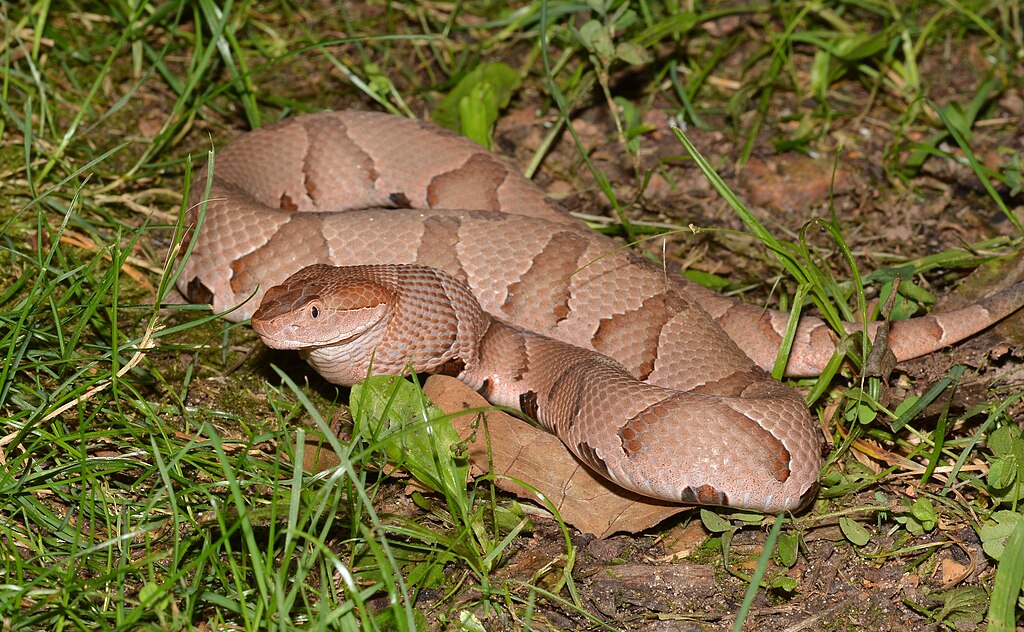Understanding your snake’s temperature preferences is one of the most crucial aspects of reptile husbandry. Unlike mammals, snakes are ectothermic, meaning they rely on external heat sources to regulate their body temperature. This makes providing the right basking temperatures essential for their health, digestion, immune function, and overall wellbeing. However, each snake is an individual with its own preferences, and recognizing whether your pet prefers a cooler or warmer spot can sometimes be challenging. This article will guide you through the signs and behaviors that indicate your snake’s temperature preferences, helping you create the optimal thermal environment for your scaly companion.
Understanding Reptile Thermoregulation
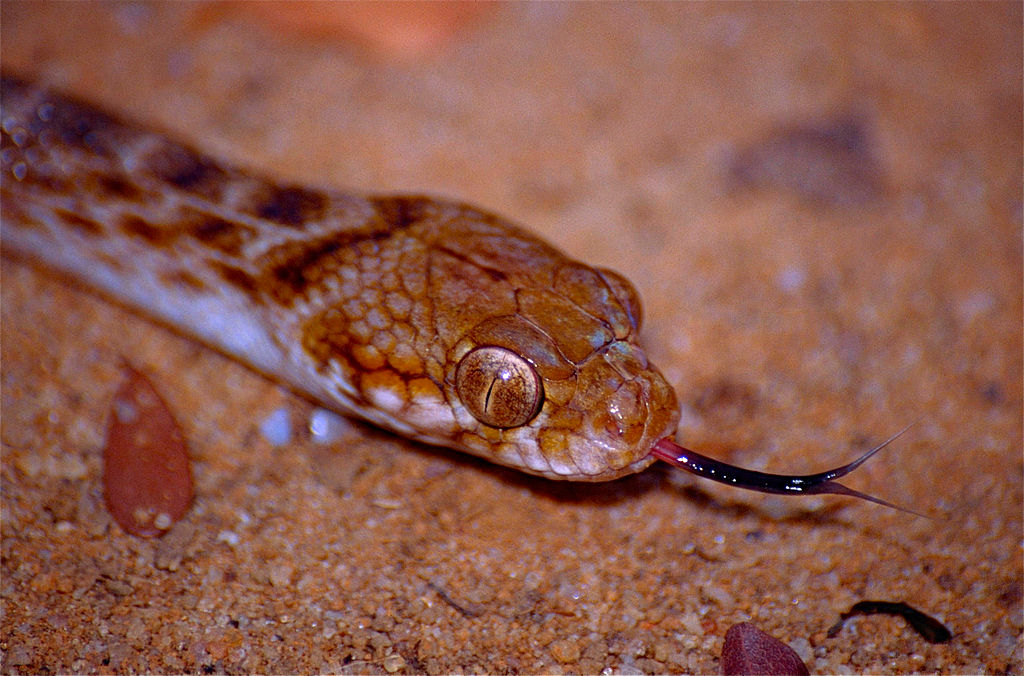
Snakes have evolved sophisticated behaviors to maintain their body temperature within an optimal range. In the wild, they move between sunny and shaded areas throughout the day to thermoregulate. This process, known as behavioral thermoregulation, is critical for their metabolic functions, including digestion, immune response, and activity levels. In captivity, snakes need a temperature gradient that allows them to choose between warmer and cooler areas. This gradient is typically created by placing a heat source at one end of the enclosure, creating a “hot spot” for basking, while leaving the opposite end cooler. The difference between these temperatures creates what reptile keepers call a “thermal gradient,” which is essential for allowing your snake to self-regulate its body temperature.
Species-Specific Temperature Requirements
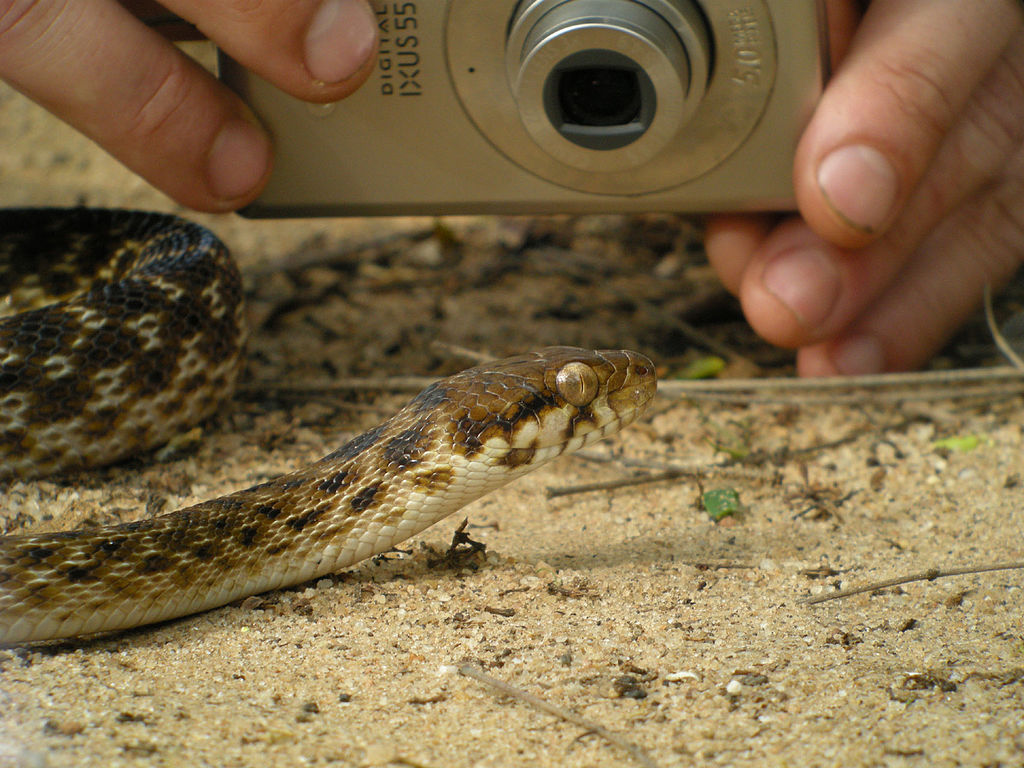
Different snake species have evolved in various climates around the world, resulting in diverse temperature preferences. Desert species like Ball Pythons and Boa Constrictors typically prefer warmer basking spots ranging from 88-92°F (31-33°C). Tropical species such as Rainbow Boas and Emerald Tree Boas generally thrive with basking temperatures of 85-90°F (29-32°C). Temperate species like Corn Snakes and Milk Snakes usually prefer slightly cooler basking spots around 85-88°F (29-31°C). Semi-aquatic species including Water Snakes and Anacondas have their own unique requirements, often preferring basking spots of 86-90°F (30-32°C). Understanding the natural habitat of your specific snake species provides a crucial starting point for determining its ideal temperature range.
Observing Basking Behavior

One of the most reliable ways to determine your snake’s temperature preferences is through careful observation of its basking behavior. A snake that spends most of its time directly under or on the heat source might be indicating that the basking spot isn’t warm enough for its liking. Conversely, if your snake consistently avoids the basking area or only spends brief periods there before retreating to cooler regions, the basking spot may be too hot. Ideal thermoregulation behavior typically involves your snake alternating between basking and cooling throughout the day, spending a few hours in each area rather than exclusively in one spot. Watch for patterns over several days rather than making assumptions based on a single observation, as other factors like recent feeding or shedding can temporarily alter basking behavior.
Reading Body Language and Positioning
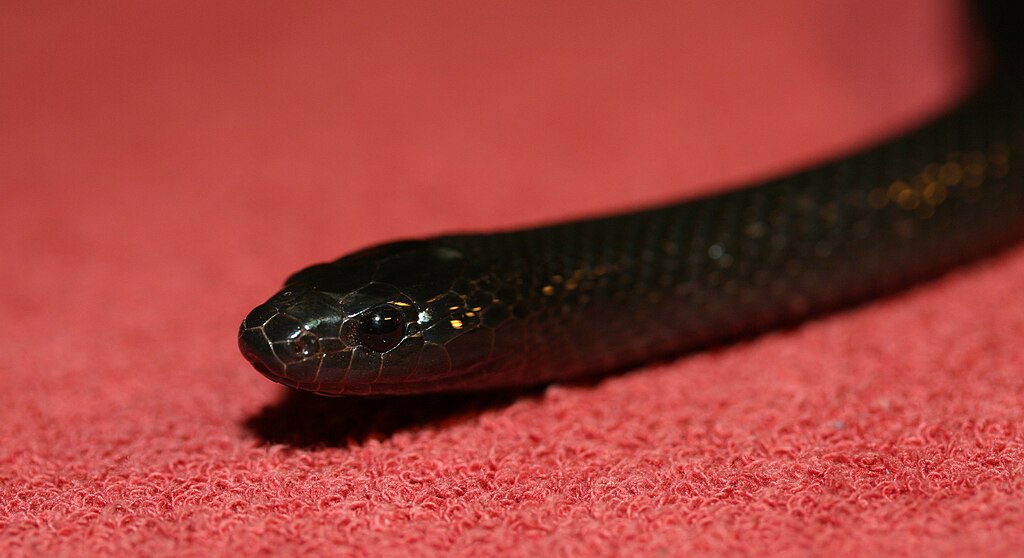
Snakes communicate their temperature preferences through subtle body language cues that attentive owners can learn to recognize. When basking comfortably, a snake typically stretches out to maximize surface area contact with the warm surface, appearing relaxed with smooth body contours. A snake that’s too warm may elevate its body to reduce contact with the hot surface, gape its mouth to release heat, or seek shelter in hides or water dishes. Conversely, a snake feeling too cool might coil tightly to conserve body heat or stack its coils to minimize heat loss. Pay special attention to how your snake positions itself—snakes seeking more warmth often drape themselves in a way that exposes more of their body to the heat source, while those avoiding excess heat might only extend a small portion of their body into the warm area.
Activity Levels as Temperature Indicators

A snake’s activity level can provide valuable insights into whether its temperature needs are being met. Snakes kept at appropriate temperatures typically display normal activity patterns for their species, including regular exploration during active periods and proper rest during inactive times. A consistently lethargic snake, particularly one that remains inactive during times when it would normally be alert, may be experiencing temperatures that are too cool. This insufficient heat can slow down metabolism and reduce overall energy levels. Conversely, a snake that seems restless, constantly moving around the enclosure and rarely settling, might be indicating that its environment is too warm. Some species become nocturnal in captivity if daytime temperatures are too high, which represents an adaptation to avoid heat stress.
Feeding Response and Digestion Cues
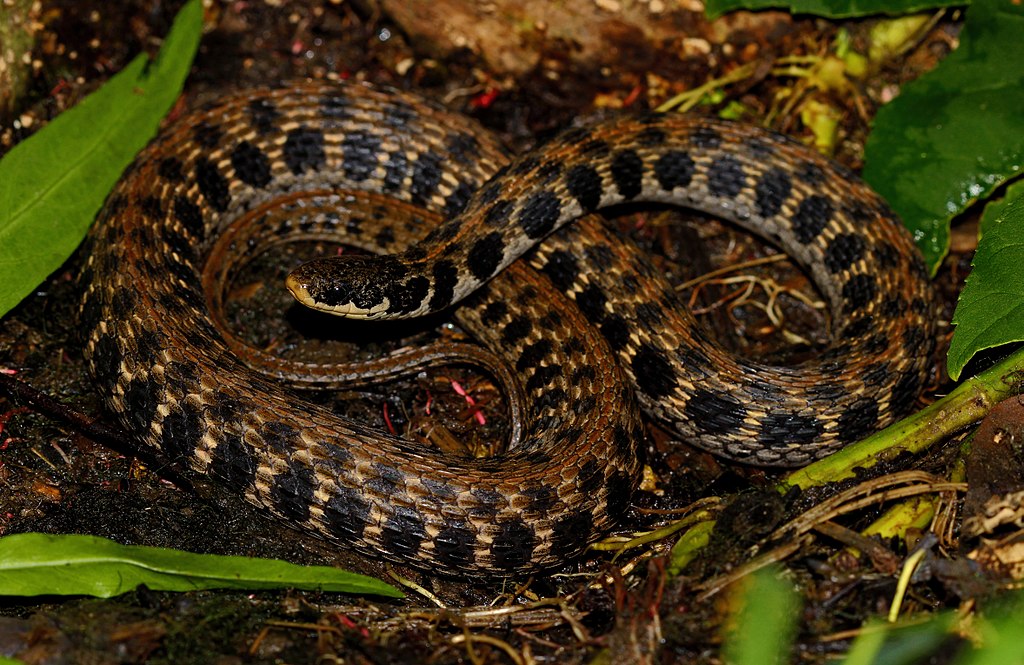
Your snake’s feeding response and digestion provide clear indications about the suitability of its basking temperatures. A healthy snake with appropriate heating will typically display an enthusiastic feeding response when prey is offered during its active period. After eating, the snake should seek out its basking spot to aid digestion, which requires higher temperatures to function efficiently. Poor digestion, indicated by regurgitation or partially digested prey in feces, often suggests temperature issues—either basking spots that are too cool to support proper digestive enzyme function or temperatures too high that accelerate digestion beyond healthy levels. Watch for a normal feeding to digestion cycle: eating, basking for warmth during digestion (often with a visible food bulge), and passing waste within an appropriate timeframe for your species.
Shedding Patterns and Quality
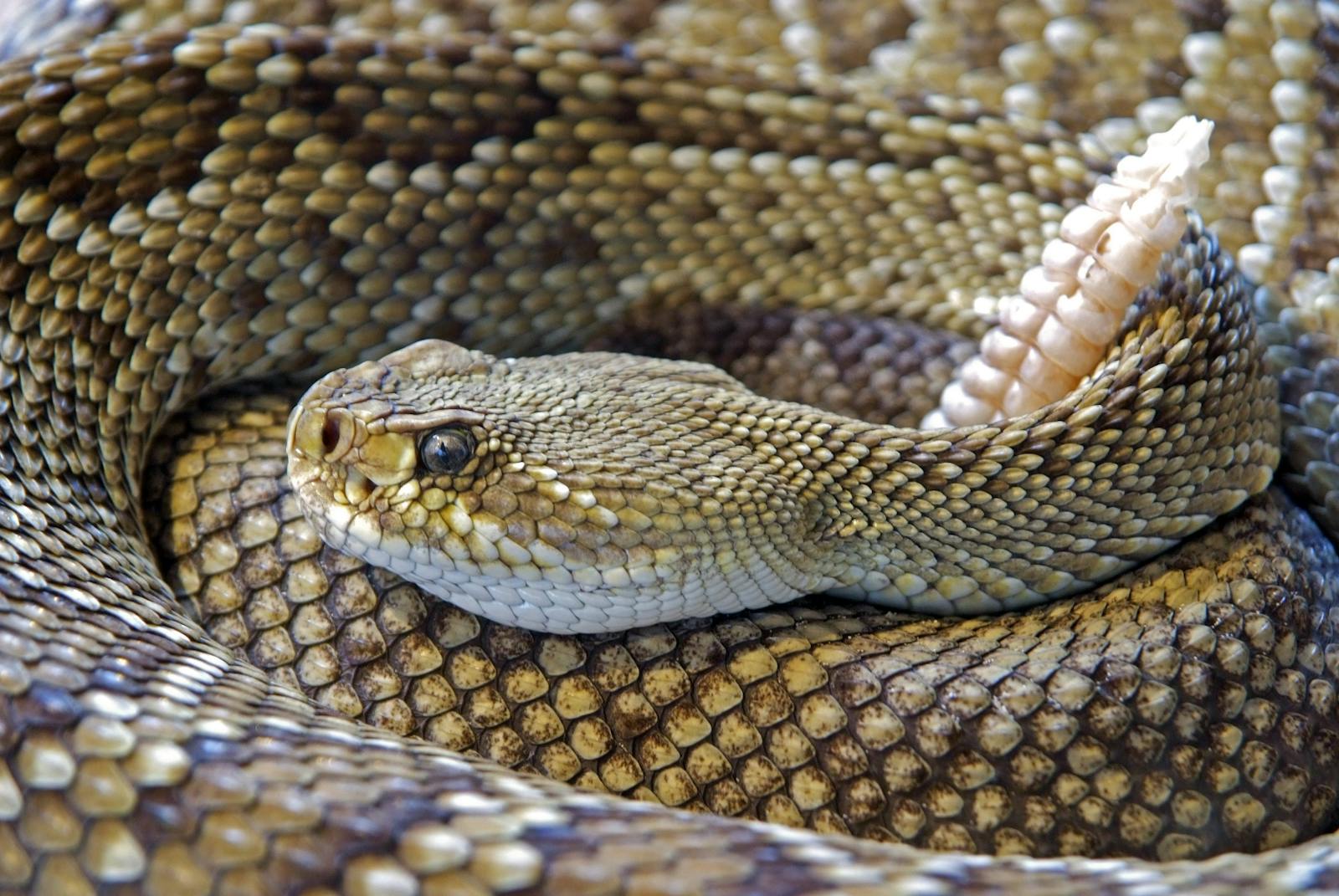
The shedding process is heavily influenced by temperature conditions and can serve as an excellent indicator of whether your snake’s basking spot meets its needs. A snake in appropriate temperature conditions typically completes a shed in one continuous piece, often called a “perfect shed.” Difficult or incomplete sheds, where skin comes off in multiple pieces or remains stuck (particularly around the eyes or tail), may indicate insufficient basking temperatures. This happens because the enzymatic processes that separate old and new skin layers are temperature-dependent. A snake preparing to shed will often seek out slightly warmer temperatures than usual to facilitate the process. If you notice your snake struggling with sheds despite adequate humidity, consider whether your basking temperature may need adjustment.
Seasonal Preference Changes
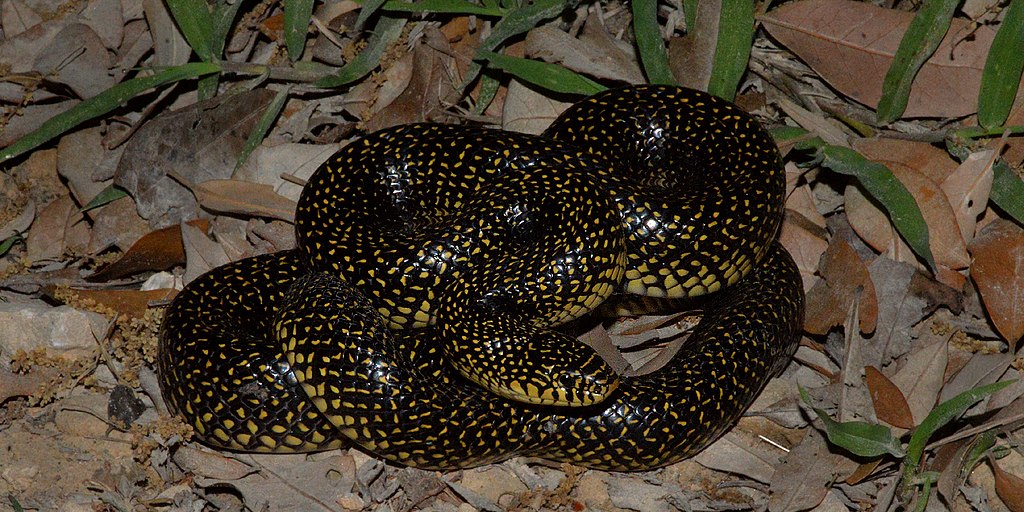
Many snake species experience natural seasonal variations in their temperature preferences, even in captivity. During breeding seasons (typically spring for many species), snakes often prefer slightly warmer basking temperatures to support reproductive activities. Some species benefit from a cooling period during winter months, which can trigger natural breeding behaviors when temperatures rise again in spring. Snakes preparing for brumation (a reptilian form of hibernation) may seek cooler areas as their metabolism slows down. Females developing eggs or carrying live young typically seek higher temperatures to support embryonic development. Being attentive to these seasonal changes and adjusting your heating setup accordingly can help accommodate your snake’s evolving temperature needs throughout the year.
Using Technology to Monitor Temperature Preferences
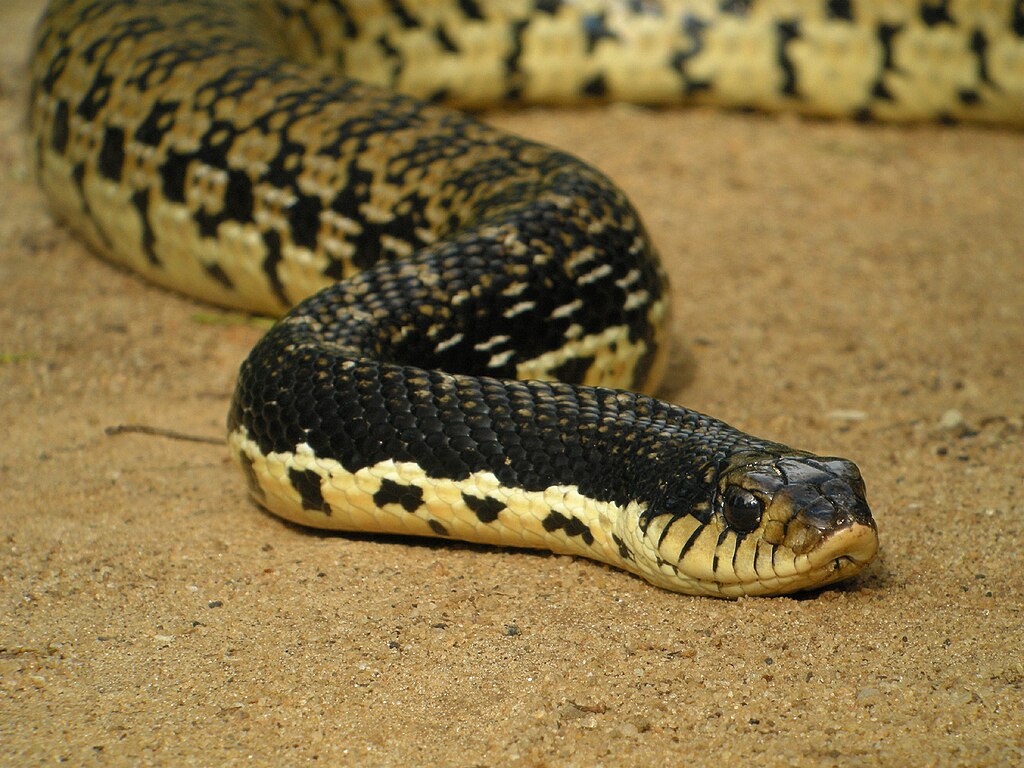
Modern reptile keeping has benefited tremendously from technological advancements that help monitor snake behavior and temperature preferences. Infrared thermometers (temperature guns) allow you to quickly check surface temperatures where your snake chooses to rest, giving immediate feedback about its preferred temperature range. Digital thermometers with probes placed at different heights and locations throughout the enclosure help map the actual thermal gradient your snake can access. Some advanced keepers use thermal imaging cameras to visualize heat distribution across the entire habitat and observe how the snake’s body temperature changes during thermoregulation. Automated temperature controllers can maintain precise basking temperatures, while data loggers track temperature fluctuations over time, helping identify patterns in your snake’s preferences that might not be immediately obvious.
Health Indicators Related to Temperature

Your snake’s overall health condition can provide valuable clues about the suitability of its temperature gradient. Respiratory infections, characterized by wheezing, bubbling at the nostrils, or open-mouth breathing (not associated with thermoregulation), often occur when temperatures remain consistently too cool. Scale rot and other bacterial infections might develop when a snake cannot properly dry off after soaking because basking temperatures are insufficient. Dehydration can occur when basking temperatures are too high, causing excessive water loss through respiration. Weight loss despite regular feeding might indicate that digestion is compromised by inappropriate temperatures. Regular health checks should include assessing these temperature-related health indicators, as addressing thermal issues early can prevent more serious health complications.
Making Gradual Temperature Adjustments
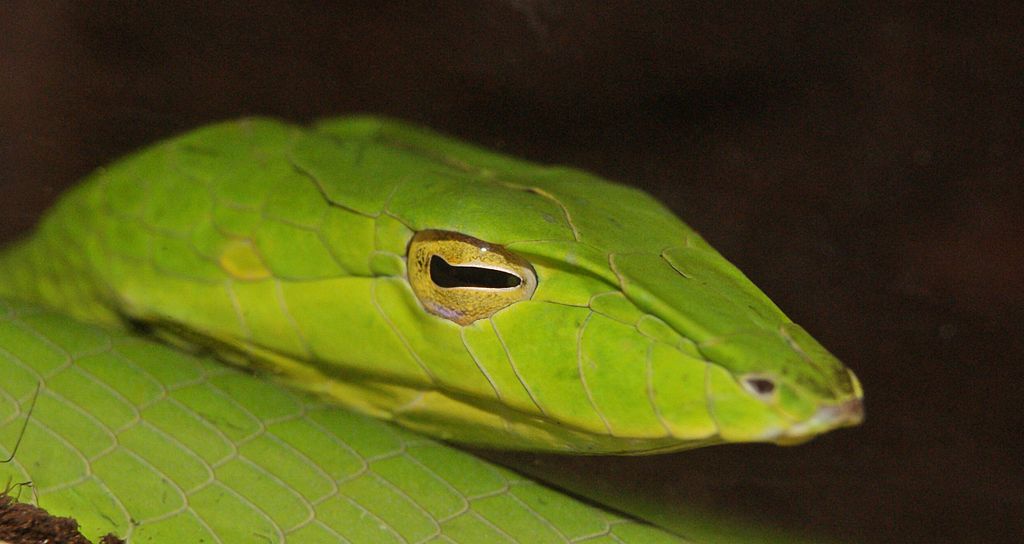
When adjusting your snake’s basking temperature based on observed preferences, it’s crucial to make changes gradually rather than suddenly. Abrupt temperature changes can stress your snake and potentially lead to health issues. Increase or decrease the basking temperature by no more than 2-3°F (1-1.5°C) at a time, then observe your snake’s response for several days before making further adjustments. Remember that changes to the basking spot temperature will also affect the overall thermal gradient in the enclosure. Always measure temperatures at multiple points to ensure you’re maintaining an appropriate range throughout the habitat. Be particularly cautious when increasing temperatures, as overheating poses a greater immediate danger to reptiles than slightly cool conditions.
Special Considerations for Different Life Stages

Snake temperature preferences often vary significantly depending on their age and life stage. Hatchlings and juvenile snakes typically require slightly warmer basking temperatures than adults of the same species, as their smaller bodies lose heat more rapidly and their growth demands higher metabolic rates. Aging snakes sometimes prefer slightly cooler temperatures as their metabolism naturally slows down. Gravid (pregnant) females almost universally seek higher temperatures to support embryonic development, often basking more frequently and for longer periods. Snakes recovering from illness or injury generally benefit from slightly elevated basking temperatures (within their species’ safe range) to boost immune function and healing processes. Being attuned to these life stage differences helps you provide the most appropriate thermal environment for your snake’s current needs.
Common Temperature Preference Mistakes
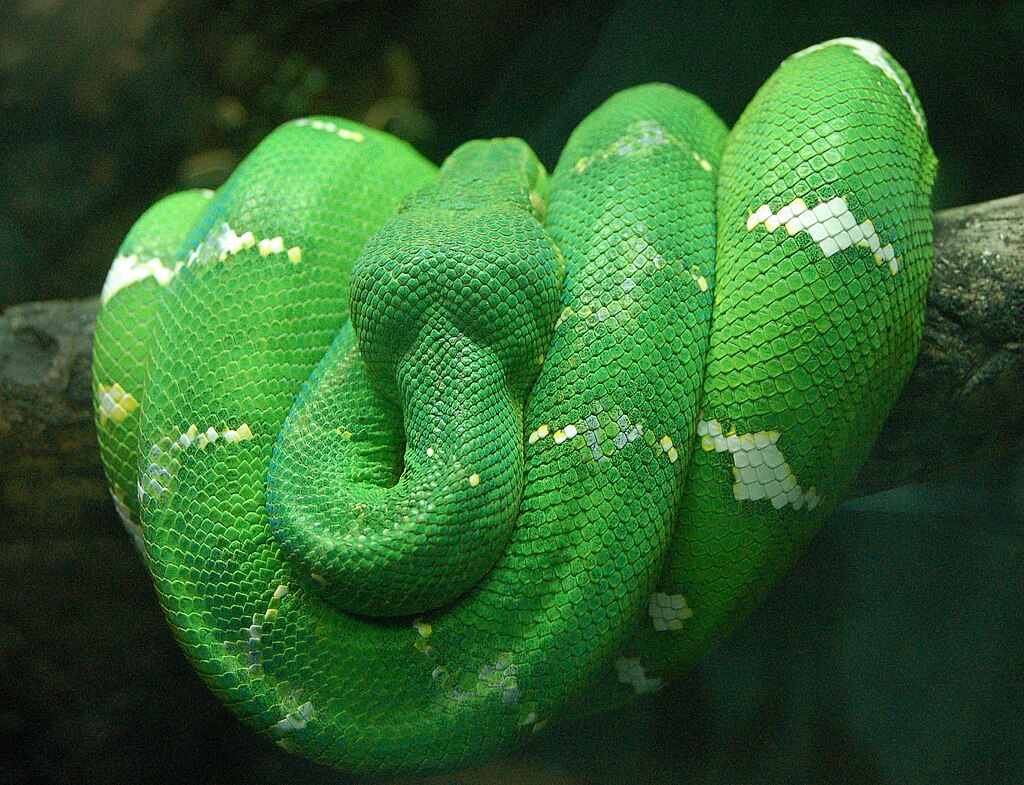
Even experienced snake keepers sometimes make errors when interpreting their pets’ temperature preferences. One frequent misconception is assuming that a snake spending most of its time in its hide is content with the temperature, when it might actually be hiding despite suboptimal temperatures due to feeling insecure in the environment. Another common mistake is adjusting temperatures based on air temperature rather than surface temperature, which is what primarily affects your snake’s thermoregulation. Many keepers incorrectly attribute feeding refusals or lethargy to factors like stress or illness when temperature issues may be the root cause. Perhaps most dangerously, some keepers increase temperatures too dramatically when noticing cool-related symptoms, potentially causing heat stress. Remember that temperature preferences should be considered alongside other husbandry factors like humidity, lighting, and enclosure security for a complete picture of your snake’s needs.
Understanding your snake’s temperature preferences requires careful observation, knowledge of species-specific needs, and attention to subtle behavioral cues. By monitoring how your snake uses its thermal gradient, its activity patterns, feeding response, shedding quality, and overall health, you can determine whether it prefers a warmer or cooler basking spot. Remember that preferences may change seasonally or during different life stages, so regular reassessment is important. Making gradual adjustments based on your observations will help you create the optimal thermal environment for your snake, supporting its health and wellbeing for years to come. With practice, you’ll become attuned to your snake’s unique temperature preferences, strengthening the bond between you and your reptilian companion.

